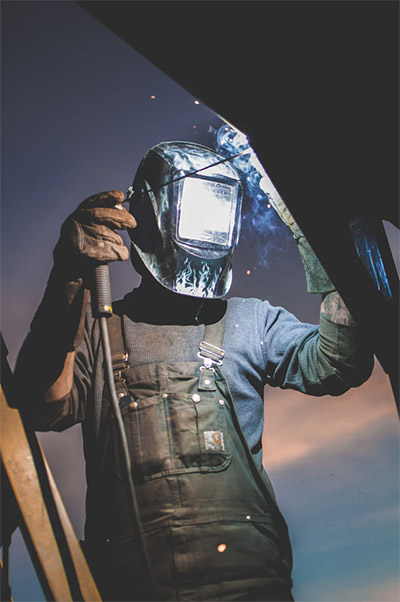Choosing the right flooring may be challenging since there are so many alternatives available, each with its own benefits. Stone Plastic Composite, or SPC, flooring is one choice that has grown in popularity recently. It combines durability, style, and practicality, making it a versatile choice for both home and business environments.
Stabilisers, polyvinyl chloride, and limestone powder are combined to create SPC flooring. Compared to regular vinyl or laminate, this special mix produces a stiff core that is significantly more sturdy. A high-definition printed layer that mimics the appearance of real wood, stone, or ceramic is placed on top, and it is shielded from scratches and normal wear by a clear wear layer. For added comfort and sound absorption, several designs additionally have a backing layer with an integrated underlay underneath.
Considering that SPC flooring is totally waterproof is one of its biggest benefits. SPC resists spills and humidity better than laminate, which can expand or distort when wet. For kitchens, baths, conservatories, and even basements, this makes it the perfect option. Because of its remarkable endurance, it can tolerate high foot traffic, dents, and scratches, which makes it ideal for both commercial and busy residential settings.
SPC flooring is valued for both its durability and lifelike patterns. Modern printing technologies allow it to faithfully capture the warmth of oak, the beauty of marble, or the roughness of slate for a fraction of the price and with far less maintenance. Click-lock technologies make it possible to quickly and easily install the planks, often directly over pre-existing flooring. To keep it in top condition every day, it just has to be swept and occasionally cleaned.
SPC is a sensible compromise when compared to other flooring options. It provides the warmth and cosiness that tiles occasionally lack, together with the natural appearance of hardwood without the cost or maintenance. It offers the guarantee of being longer-lasting and waterproof when compared to laminate.
To put it briefly, SPC flooring is an elegant, durable, and reasonably priced option that complements practically every environment. SPC provides all three in a creative package, whether you’re looking for the classic beauty of wood, the elegance of stone, or the durability to handle daily living.
